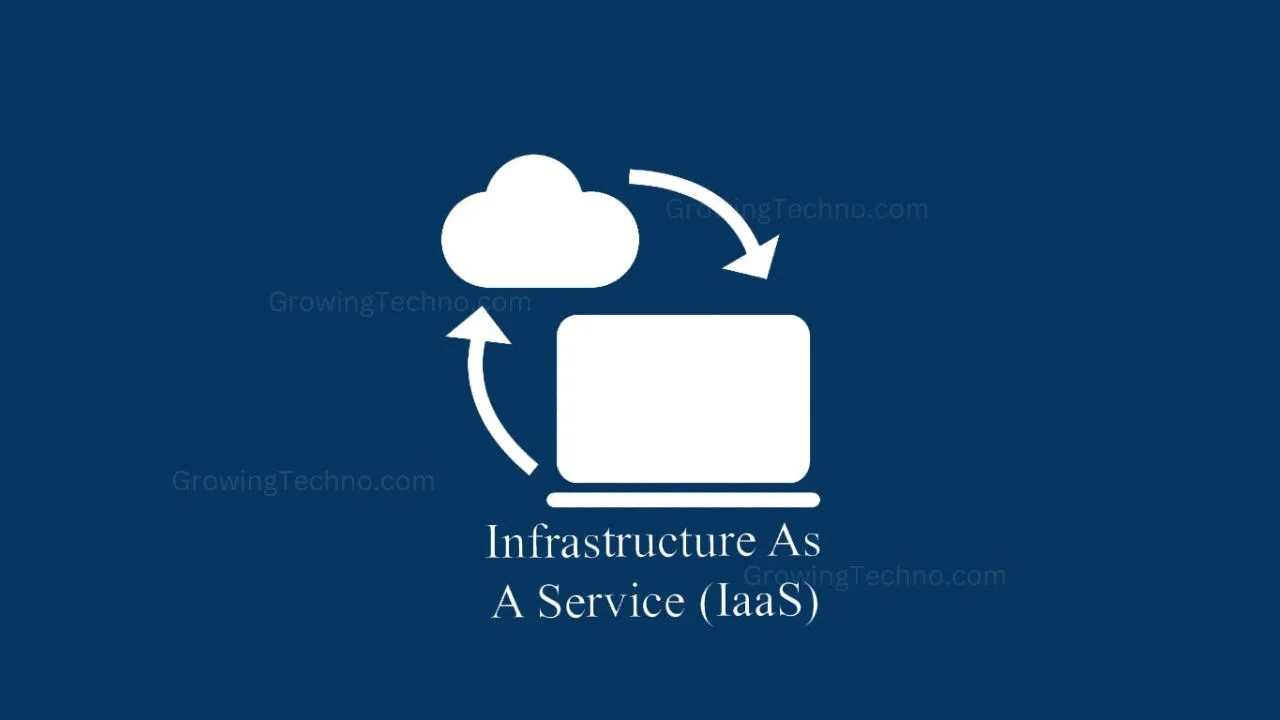
In the fast-paced world of technology, the cloud computing landscape is continually evolving. Businesses and individuals alike are increasingly relying on cloud solutions for storage, computation, and collaboration. In this article, we’ll delve into the latest trends and innovations that are shaping the future of cloud computing.
The Current State of Cloud Computing
Cloud computing has become an integral part of modern technology, offering scalability, cost-efficiency, and flexibility. As of now, public, private, and hybrid cloud solutions dominate the market, serving various needs.
Trends Shaping the Future of Cloud Computing
- Edge Computing: With the rise of IoT devices and applications requiring low latency, edge computing is gaining momentum. It involves processing data closer to the source, reducing the need for centralized data centers.
- Serverless Computing: Serverless computing, or Function-as-a-Service (FaaS), is streamlining application development. Developers can focus solely on code, while the cloud provider manages infrastructure, scaling resources as needed.
- Multi-Cloud and Hybrid Cloud: Many organizations are adopting multi-cloud and hybrid cloud strategies to leverage the strengths of different cloud providers while ensuring data redundancy and security.
- Artificial Intelligence (AI) and Machine Learning (ML): Cloud providers are offering AI and ML services, enabling businesses to analyze vast datasets, make predictions, and automate processes.
- Quantum Computing: While still in its infancy, quantum computing is poised to revolutionize cloud computing by solving complex problems at unprecedented speeds.

The Future of Cloud Services
- Cloud-Native Applications: Cloud-native application development is becoming the norm, focusing on microservices, containerization, and continuous integration/continuous deployment (CI/CD) pipelines.
- Blockchain Integration: The integration of blockchain technology with cloud computing offers enhanced security and transparency for various applications, including supply chain management and finance.
- Enhanced Security Measures: As cyber threats evolve, cloud providers are investing in advanced security measures, including AI-driven threat detection and encryption.
Challenges and Considerations
- Data Privacy and Compliance: With data privacy regulations like GDPR, organizations must ensure compliance when using cloud services.
- Cost Management: While cost-efficient, cloud services can lead to unexpected expenses if not managed properly.
- Skills Gap: The demand for cloud experts is growing, creating a skills gap that organizations must address.
Conclusion
In conclusion, the future of cloud computing is promising and dynamic, with emerging technologies and trends shaping its landscape. Staying informed about these trends and adopting the right strategies can help businesses and individuals harness the full potential of cloud computing while addressing challenges and ensuring data security and compliance.
As cloud technology continues to evolve, it will empower organizations to innovate, streamline operations, and drive growth in an increasingly digital world.
Found this helpful? Share the wisdom!







